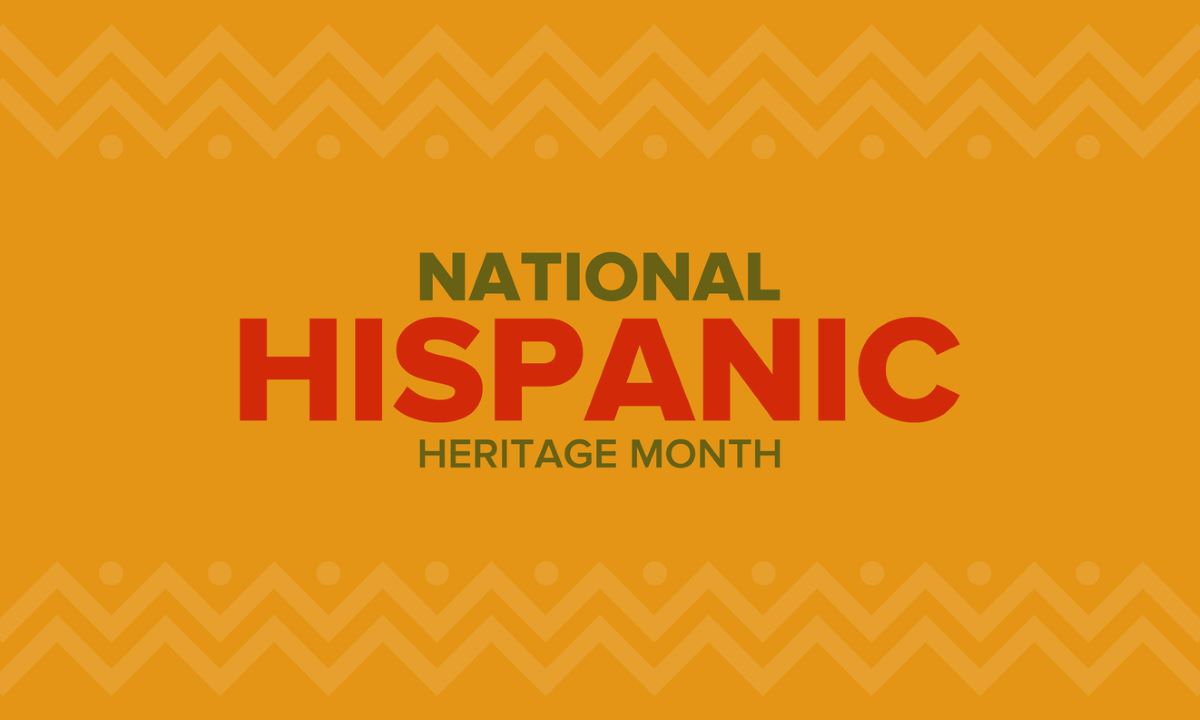How companies can create meaningful connections during Hispanic Heritage Month–and beyond
Follow this guidance to ensure your company pursues genuine inclusion, rather than mere pandering, tokenism or holiday-specific spotlights.

Hispanic Heritage Month offers Latinx/Hispanic communities a way to share the richness of our diversity with a larger audience.
As communicators, we recognize that diversity is essential to connecting with a broader audience, and representation matters, especially when building brand loyalty. But it all starts with developing an authentic and relatable story.
Here are a few tips for engaging with the Latinx/Hispanic community during our heritage month and beyond.
Context is vital
The most imperative thing people in the Latinx/Hispanic community want brands to recognize is that we are not a monolith. There are more than 20 countries represented during our heritage month, all with different customs, idioms, and colloquialisms. (For example: Cubans, Dominicans and Puerto Ricans have different names for the same [delicious] plantain dish!)
If you’re not sure what words or descriptors to use, rely on the experts. My favorite resource regarding proper terminology is from the National Association for Hispanic Journalists Competence Handbook.
It’s also important to note that preferences about terminology vary by country of origin, generation, gender, etc. Said feelings range from hot rage to indifference. However, most people’s preference is often to their country of origin vs. the Latinx/Hispanic catch-all. For example, when someone asks about my heritage, I say I am Cuban-American.
Above all, ensure you’re honoring the preference of the person you’re spotlighting first and foremost. You might also consider reviewing the context and historical significance of certain terms before using any in particular:
- Hispanic refers to language or “people of Spanish-speaking origins” and is a term coined by the U.S. government to identify different groups of people, particularly in the U.S. Census. The issue with the term Hispanic as a catch-all is that it excludes non-Spanish-speaking countries as well as indigenous tribes and Afro-Latino/a and Asian Latino/a communities. It instead highlights the Euro-centric root of the word: a person descended from Spanish settlers in the Southwest before it was annexed to the U.S.
- Latino/a identity relates to people whose origins are geographically located in Central and South America and take a gendered form.
- Latinx is a term unattached to gender and used by younger generations.
- Latine is the plural form to describe someone from Latin America, unattached to gender.
Regardless, your message’s impact is more important than its intention, and context is essential. Tokenism, where zero input from a person of said ethnicities is evident, can certainly hurt your brand, decrease morale, and diminish trust. And you can be certain we will spot it from a mile away.
“Letting your audience know that your brand didn’t miss the memo on the diversity reckoning we’re going through as a society right now is a great first step,” says Pablo Manríquez, Capitol correspondent for Latino Rebels.
Remember that Latinx/Hispanic communities are diverse in our political ideologies, socio-economic status, education, religion, gender identification, etc. There should never be a one-size-fits-all audience for your campaign, so be sure to research your audience well, and select a subsection of our community who’s often overlooked. Find out [well before Hispanic Heritage Month] how they like to receive their messages: what language and outlets they prefer, what barriers exist, and what motivates them to engage.
Invest in our expertise
Connecting to any diverse group takes effort, follow-through and a budget. As a practitioner, that may be reorganizing your media tiers to include journalists from newspapers and magazines Latinx/Hispanic communities read in your region, translating press releases and customizing pitches.
Beyond translating what a non-Latinx/Hispanic spokesperson is saying (and never relying on Google translate), consider identifying an influential voice in the community who believes in your message, shares it, and is already out in the community doing the work. Partner with them to see how your brand can be an active contributor.
“The biggest thing brands can do during Hispanic Heritage Month is to put Latino/as on record for a change. Broadcast bookers, in particular, could use a shakeup in the guests that get pitched for news and talk shows,” says Manríquez.
There are multiple ways to partner and find authentic voices. If you have an existing Latinx/Hispanic employee resource group, get their input and compensate them for their feedback and time. Consider connecting with local Latin American Chambers of Commerce in your region or national organizations such as Hispanic Star, which offers a range of digital and print assets with helpful research and resource infographics on a variety of topics like the U.S. Census, COVID-19, LGBTQ+ Pride, and more.
“Spotlighting Latino/a voices is an exercise that will help brands identify talent, which they may not have found otherwise, and give media something new to work with,” adds Manríquez.
It’s a win-win.
Include our stories
If it’s a month about us: Include us in every step of the campaign. Part of doing diversity, equity and inclusion work year-round is asking yourself:
- “Who writes the stories?”
- “Who benefits from the stories?”
- “Who is left out of the stories?”
Ensure your brand is mindful of the words and images selected and, better yet, find ways your brand is helping reduce systemic barriers that impact our community. Listening and action are the best ways brands can show they care.
Above all, amplify our stories and our experts, and share the positive contributions Latinx/Hispanic communities are making in the U.S. We do not fit in one box, and I’d love to see brands not try to minimize us to one.
Nathalie Santa Maria, APR, leads Sunnyside Communications, a minority and woman-owned public relations consultancy based in Charlotte, NC. You can follow her on Twitter and LinkedIn @SunnysideNate.
Pablo Manríquez is a Capitol correspondent for Latino Rebels. You can follow him on Twitter @PabloReports.






